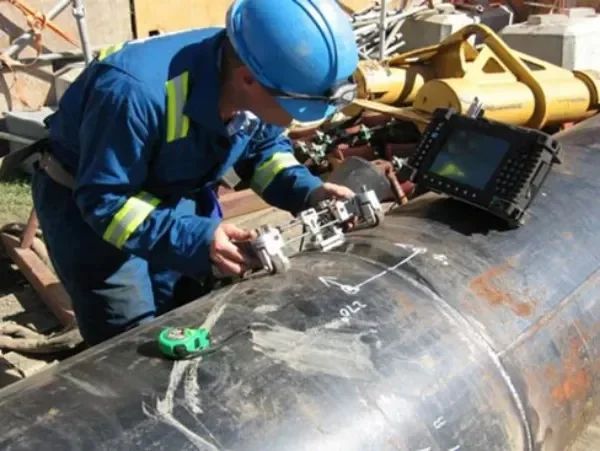What are the factors that produce porosity in steel pipe welding?
Steel pipe welding is a common metalworking process that joins multiple steel pipes together to form larger structures. However, during the welding process of steel pipes, sometimes pores will appear, which will affect the welding quality and strength. So, what are the factors that cause pores around steel pipe welding? Let's explore it in detail below.

1. Gas content
During the steel pipe welding process, if the gas content in the welding area is too high, it will lead to the generation of pores. This is because the gas is heated and expands during the welding process, which creates air bubbles. Therefore, before steel pipe welding, the welding area needs to be fully ventilated and exhausted to ensure that the gas content will not be too high.
2. Arc stability
The arc is the main source of heat generated during steel pipe welding. If the arc is unstable, it will cause uneven temperature in the welding area, resulting in pores. Therefore, before steel pipe welding, it is necessary to ensure the arc stability of the welding equipment and make necessary adjustments.
3. Metal surface treatment
Before steel pipes are welded, the metal surface needs to be treated to remove dirt and oxides on the surface. If the metal surface is not sufficiently prepared, it will cause the oxide and dirt in the welding area to be heated and expand, thus forming air bubbles. Therefore, before steel pipe welding, the metal surface needs to be fully cleaned and treated.
4. Welding speed
Welding speed is one of the important factors affecting the welding quality of steel pipes. If the welding speed is too fast, it will cause uneven temperature in the welding area, resulting in porosity. Therefore, before steel pipe welding, it is necessary to determine the appropriate welding speed according to the welding material and welding conditions.
5. Welding materials
The selection of welding materials will also affect the welding quality of steel pipes. If the quality of the welding material is not good, it will cause uneven temperature in the welding area, resulting in air holes. Therefore, before welding steel pipes, it is necessary to select good-quality welding materials and carry out necessary inspections and verifications.
In summary, there are many factors surrounding porosity in steel pipe welding, including gas content, arc stability, metal surface treatment, welding speed, and welding materials. Before welding steel pipes, these factors need to be fully considered and adjusted to ensure welding quality and strength.
The Importance of Steel Pipe Testing and Inspection
The Importance of Proper Steel Pipe Maintenance
Choosing the Right Steel Pipe for Your Project: Tips and Considerations
The Advantages of Steel Pipes in Construction: Durability, Strength, and Versatility






